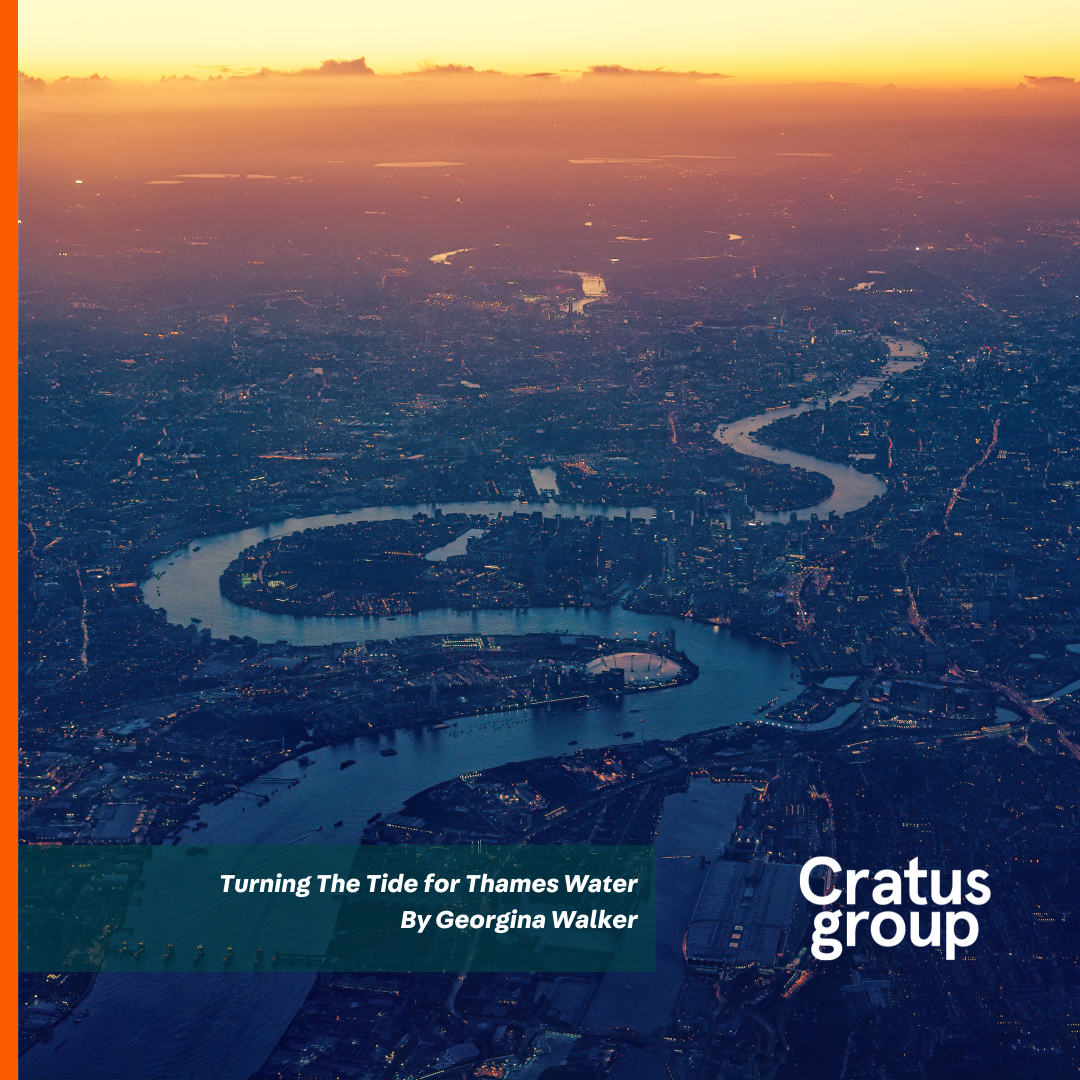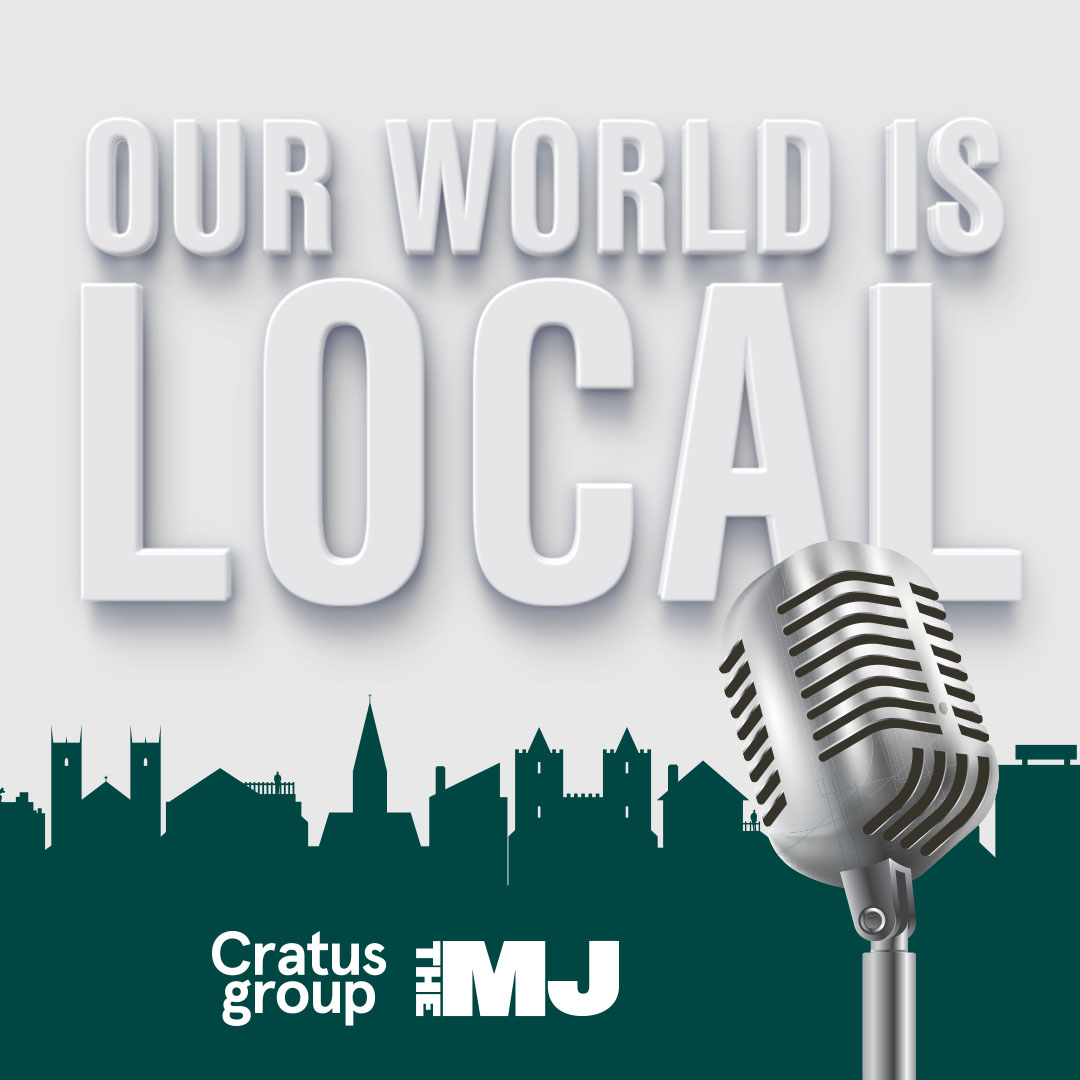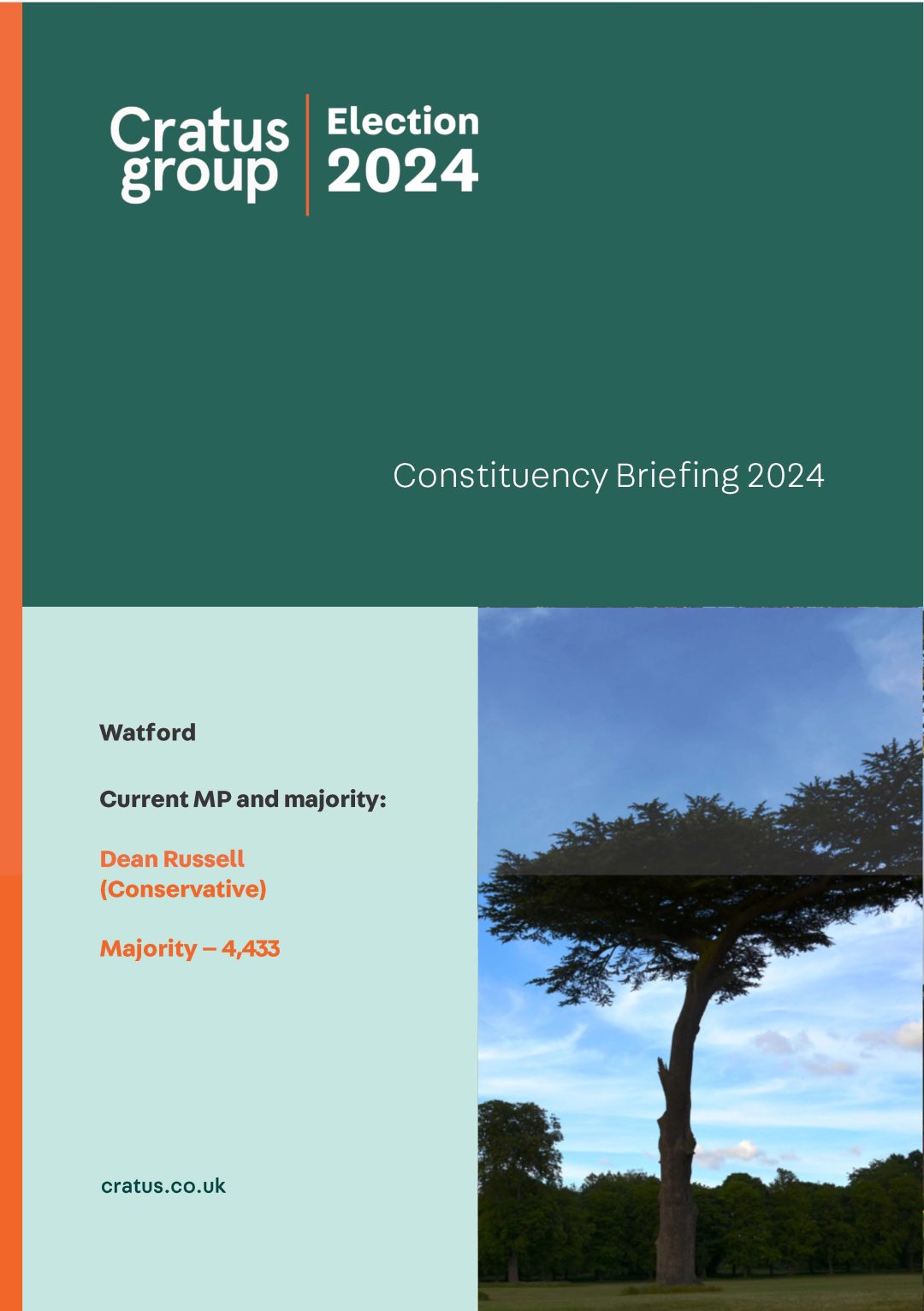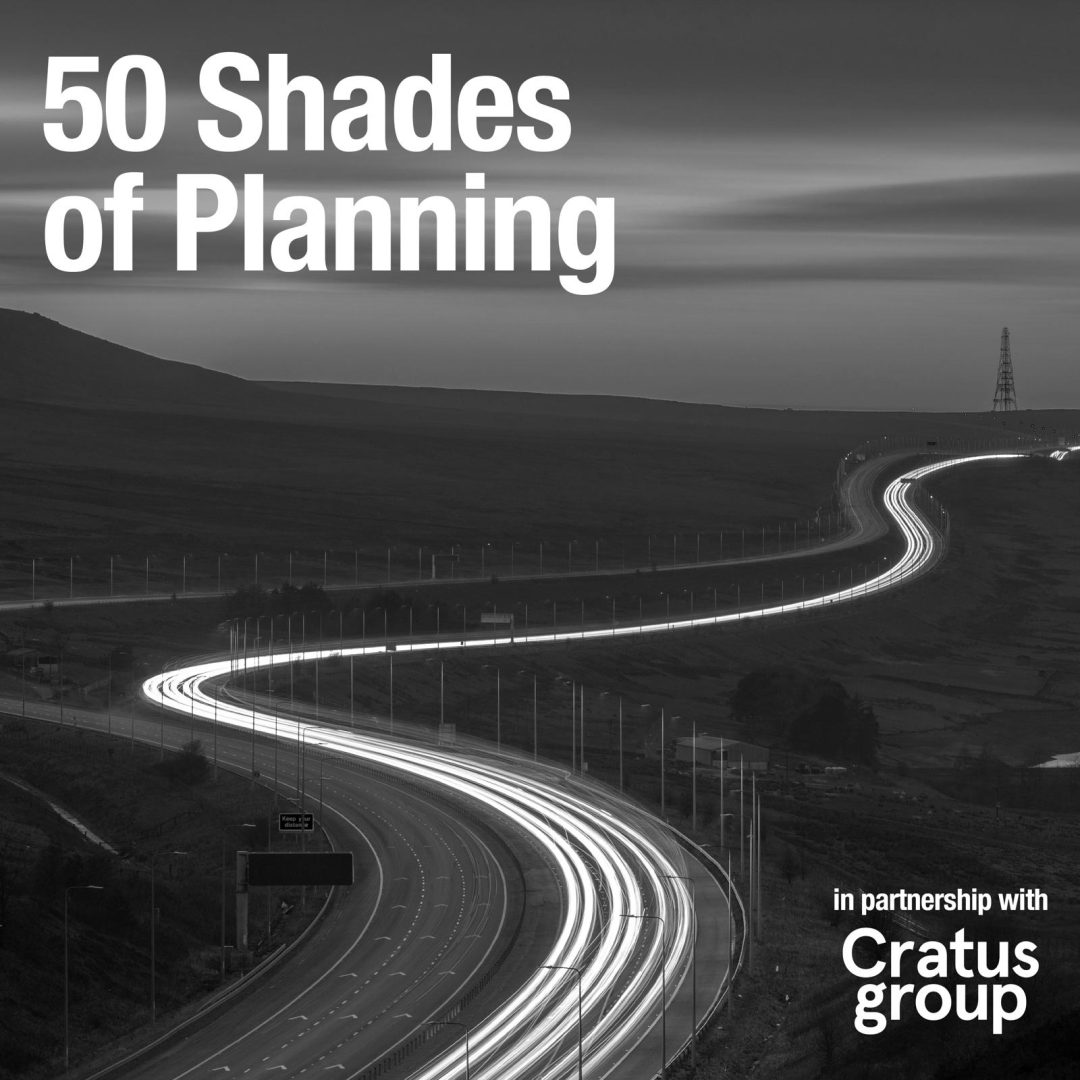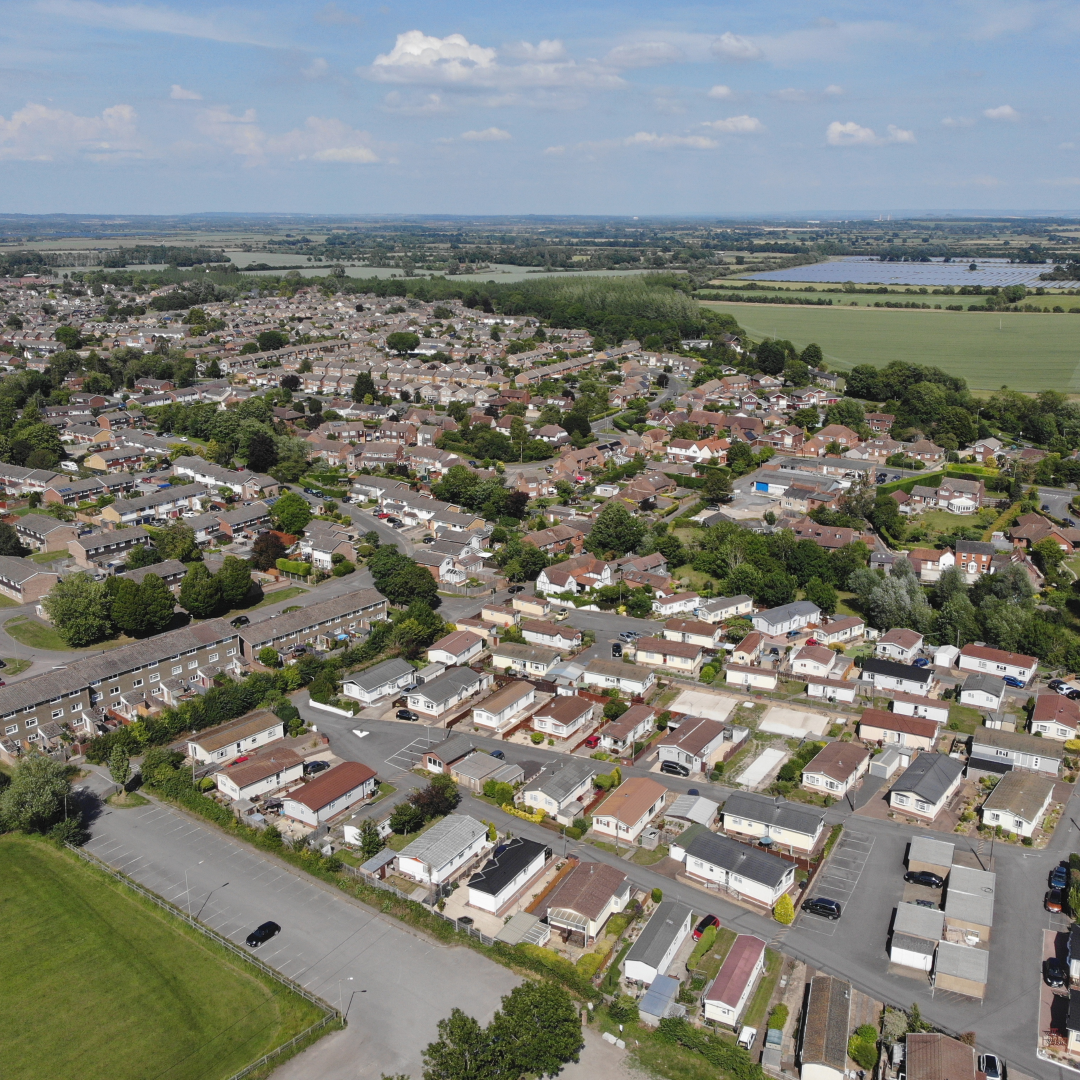Greenbelt. Release or tinker around the edges?
With the news at the start of the year that near on 60% of councillors in England are expecting to allocate green belt land for new housing over the next five years it’s safe to say that, at least amongst decision makers, greenbelt release is an inevitability.
The challenge, as in almost all things local, is going to be the timing, the balancing, the trading and the campaigning. Despite expectations, and despite demand, it’s this process which is going to ultimately guide greenbelt release and it’s that same process which in most cases will ensure that greenbelt remains a protective if sometimes stifling blanket around our most constrained towns and cities.
The need for early engagement with members and with communities around greenbelt release, where appropriate, then remains. This is backed up by the numbers. Despite concerns and despite some larger releases, most local authorities are actually still fairly conservative with it comes to the greenbelt.
In 2014/15, despite greenbelt permissions being the highest in an upward trend stretching back prior to 2010, designated greenbelt dropped by a total of 0.1%. The same period saw 11 local authorities redraw their boundaries, causing the biggest loss of greenbelt in a five year period.
Not a single authority re-designated more than 10% of their greenbelt and the approach of each authority when judging the value of greenbelt against densification, regeneration or putting pressure on brownfield delivery are each unique. Newcastle and Tyne (38.7% Greenbelt) removed some 410 acres in 2014/15, whilst Rushcliffe (42.1% Greenbelt) removed some 670 acres. We’ll likely see Rushcliffe again in the near future, consultation on a Greenbelt Review (Part 2b) completes later this month which could see more greenbelt re-zoned.
In the 2015/16 period 8 local authorities made changes to their greenbelt boundaries. However the ambition and scope of those changes are telling.
Knowsley Metropolitan Borough Council dropped 10.2% of their greenbelt out to accommodate housing in a plan which was first published in 2012 and took two meetings to adopt following disruptive protests.
Blackburn with Darwen Borough took a slightly more piecemeal approach, losing just over 5% of their greenbelt in the expectation that there may be some minor settlement extensions over their plan period.
Rotherham pursued a single new settlement approach, dropping 210 hectares, of which 205 related solely to a potential new settlement at Bassingthorpe just east of the A1 and handily, not near much else.
That leaves, Pendle, Oxford, South Ribble, Tamworth and Wychavon. Outrider Tamworth actually added to their greenbelt over the 2015/16 period (the first authority to do so since 2012).
More seriously, Pendle, Oxford, South Ribble and Wychavon all chose to re-zone less than 50 hectares of greenbelt. Pendle and South Ribble to allow for commercial developments. Oxford removed a parcel so small it’s not recorded, to allow the Northern Gateway Area Action Plan to work.
Wychavon? Well, they were removing greenbelt on account of some of it should never have been designated as greenbelt by the authority previously, whilst the rest of it wasn’t actually in Wychavon…

